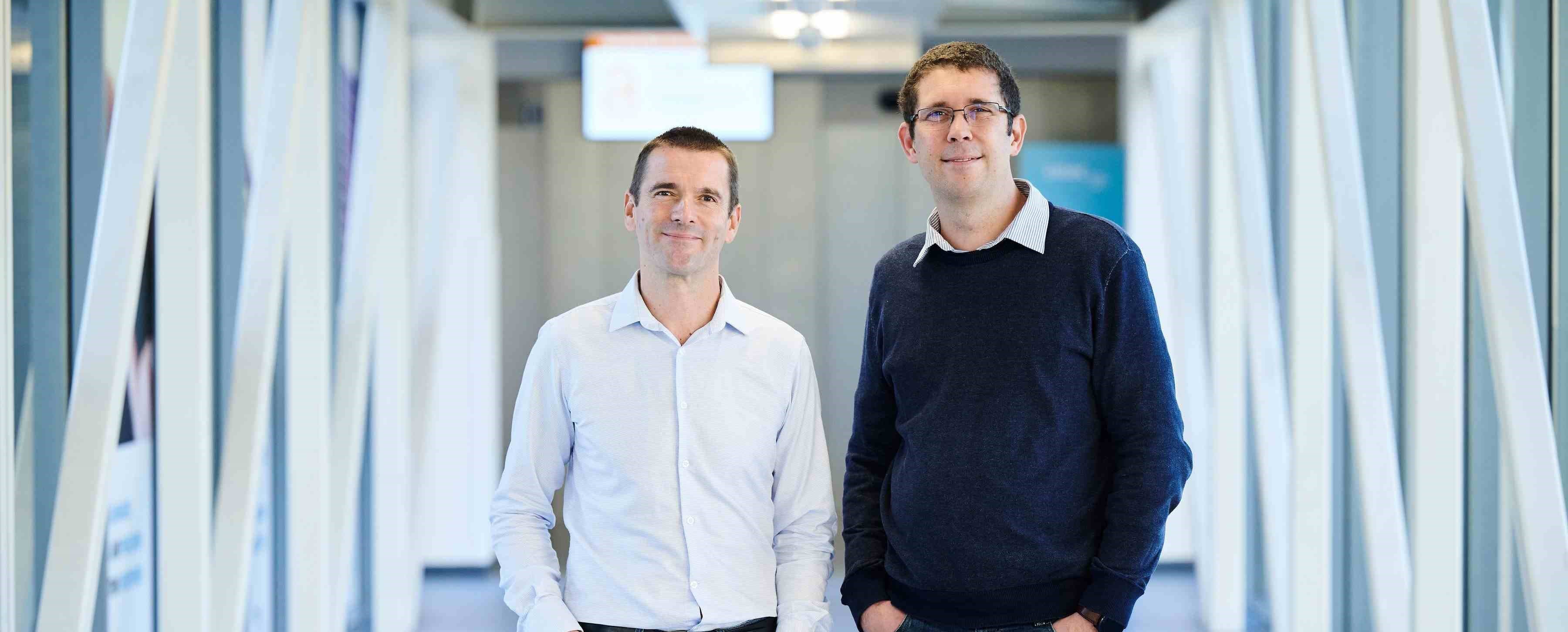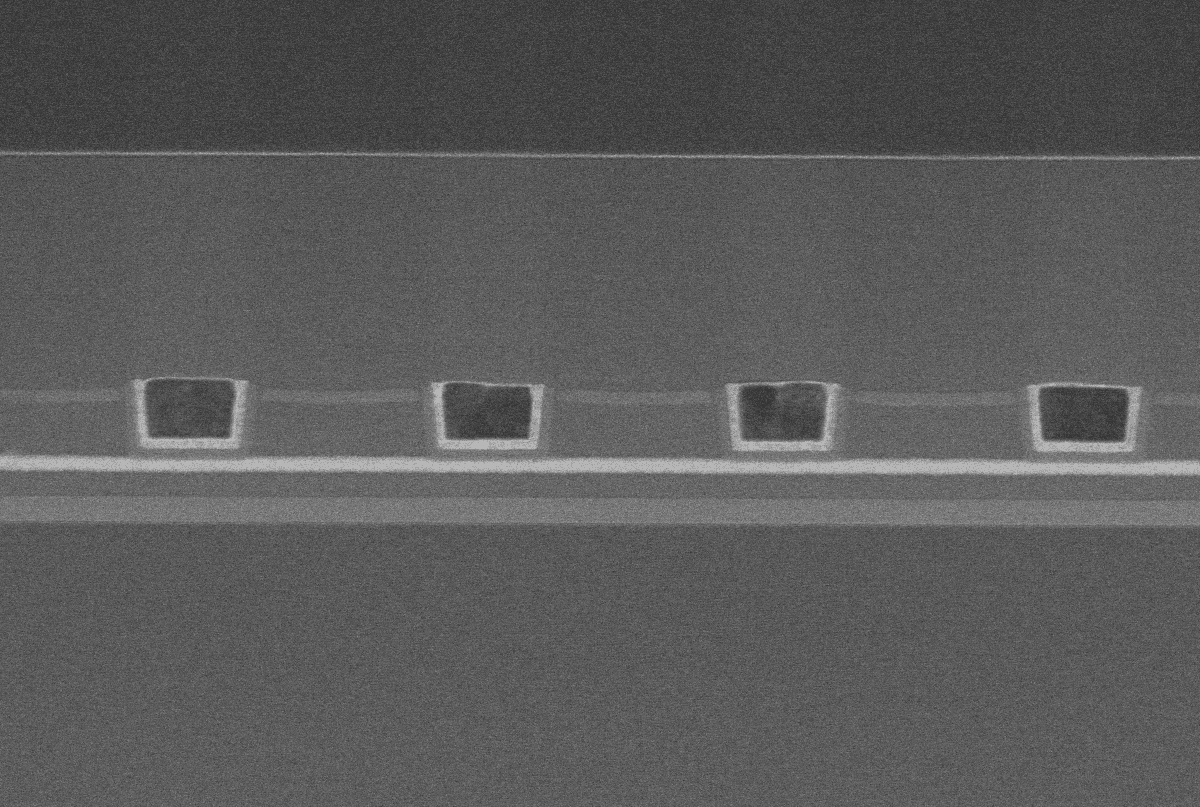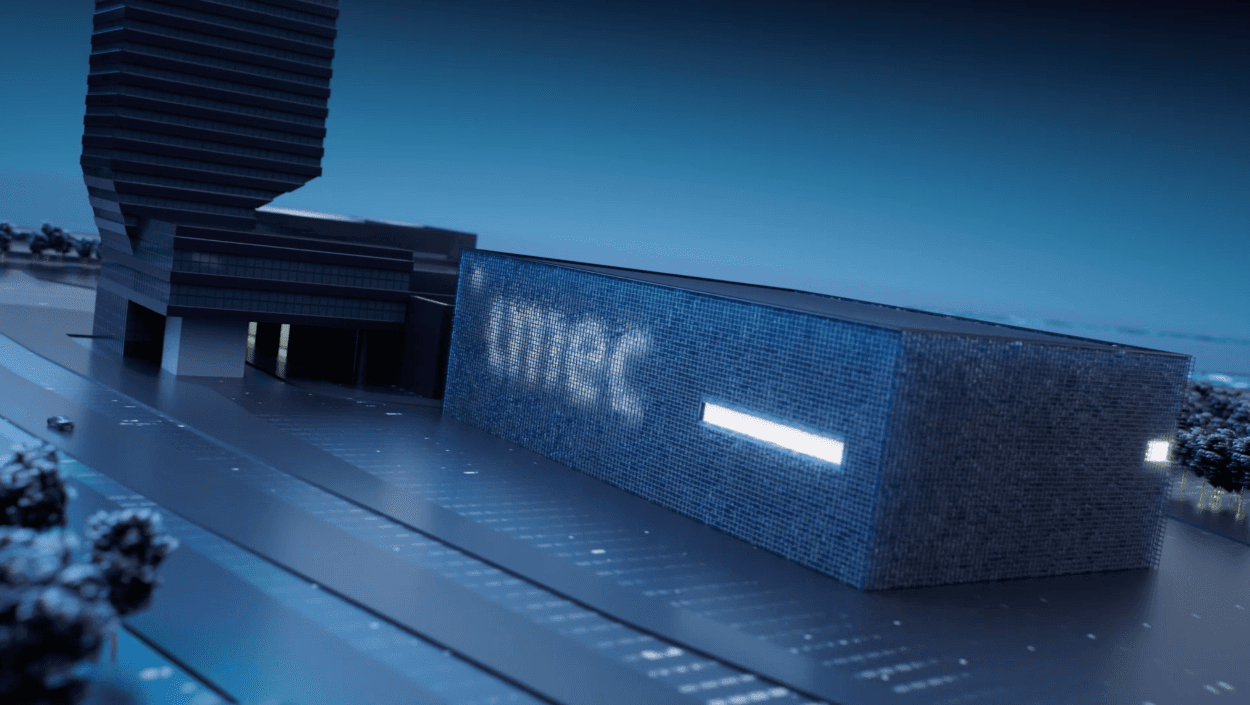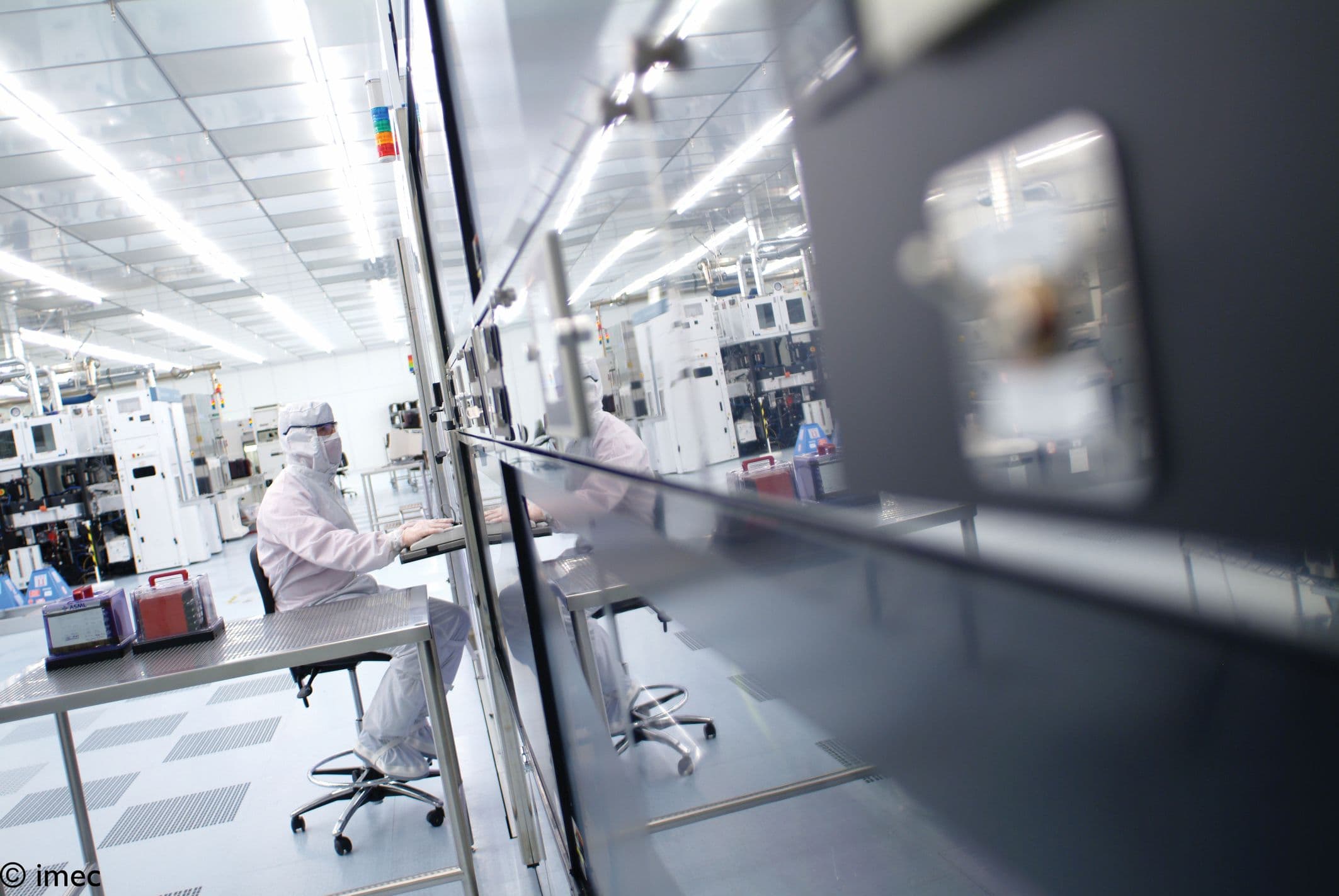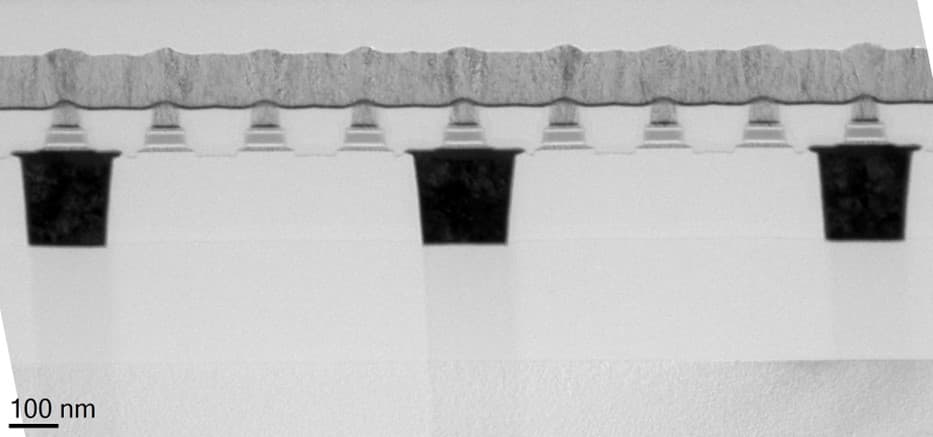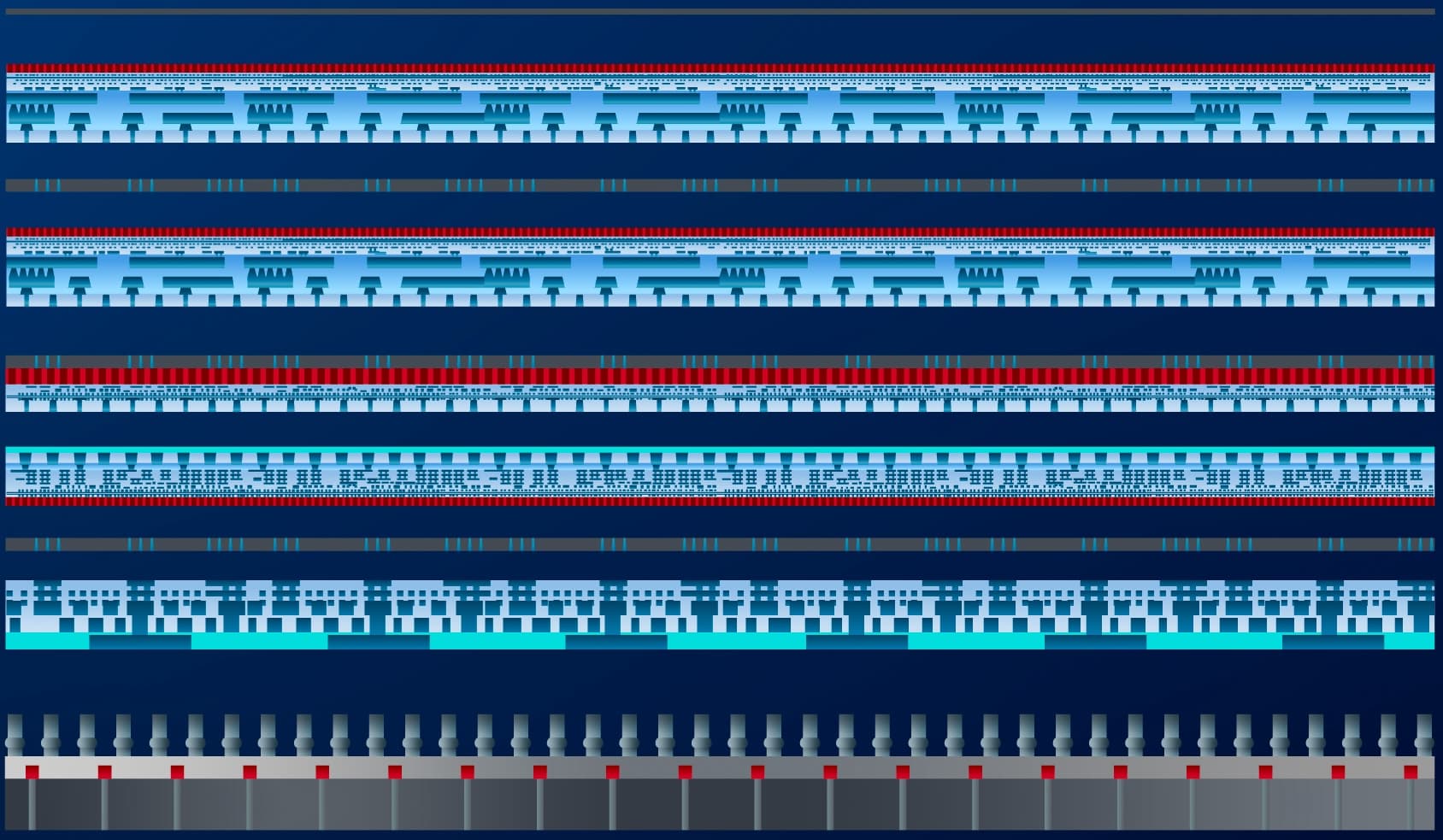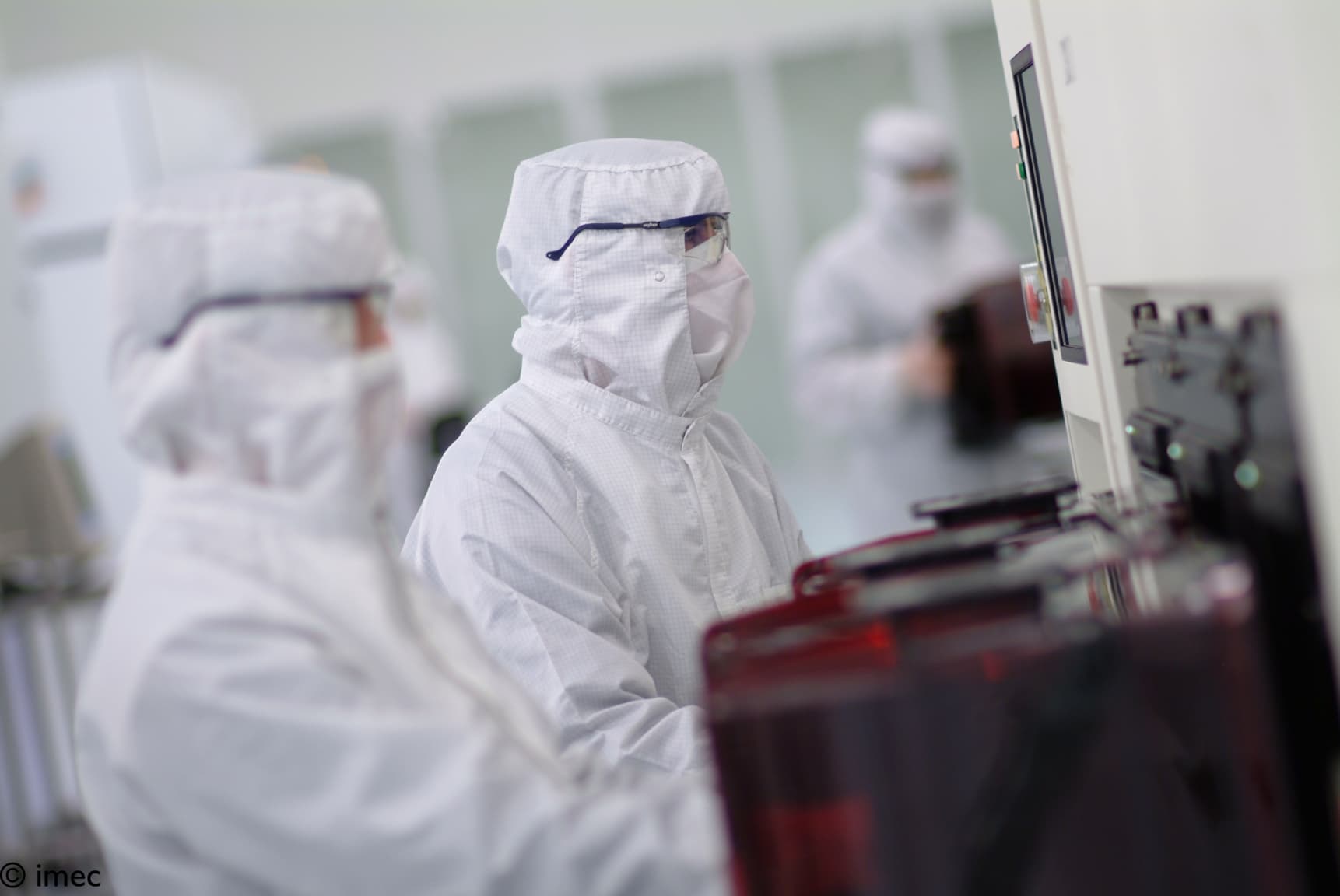Read Jan’s story
Four years after imec’s foundation, Jan Van Houdt embarked on his imec career. After obtaining a PhD in device physics, Jan’s work focused on embedded flash memory technology and transferring those technologies to several production lines. He took the role of team leader, group manager and program manager, all in memory technology. His impact resulted in being named director of flash memory and overseeing imec’s flash memory business line. Afterwards, Jan was named chief scientist in memory R&D and held the position of scientific director from 2018 until 2019. Memory technology is the buzzword in Jan’s story, but in 2014, he returned to his first love of physics by (re)starting the ferroelectrics program and later assuming the role of program director of ferroelectrics.
Five highlights that add color to Jan’s career
Jan’s extensive career has resulted in many impactful contributions to imec. Still, there are five highlights which stick out noticeably.
- “The first highlight is my PhD. I tried to discover a more efficient flash memory device. So, I came up with a new concept: HIMOS. To this day, the HIMOS mechanism is the main mechanism for embedded flash technologies in the flash memory industry.”
- “We then entered the affiliation program mode. We had to broaden our research topic to pull in large memory companies. We brought in Intel in 2003. Other companies followed gradually, such as Micron, Samsung, SK Hynix, SanDisk (now part of Western Digital) and Toshiba (now Kioxia). We reeled in those important players through our flash memory research.”
- “Afterwards, I moved to the area of ferroelectrics. In 2011, I was intrigued by a paper in which a ferroelectrics phase in hafnium oxide was presented. That material is cleanroom-friendlier and more CMOS compatible. After some research, I wrote a patent about a vertical ferroelectric FET and started a new activity within a short timeframe and with just one PhD student. Today, the imec ferroelectrics program, which grew out of that patent, is almost as big as the flash program.”
- “During my work on ferroelectrics, I stumbled upon so-called negative capacitance. Some groups claimed you could create steep slope transistors by using ferroelectrics in the transistor’s gate. I built a team to dig into that controversial theme and explain it, and we concluded that the concept doesn’t work. So, we shared that information with our partners and urged them not to invest in it. I learned a lot from that process.”
- “Lastly, I was trying to connect oxide semiconductors to 3-dimensional DRAMs. I learned from imec’s flexible electronics team that those materials were interesting in designing transistors. I used that knowledge to extend the DRAM program. That program has now grown into a major memory program as well.”
A message to young researchers
“I have been advising young researchers and students for quite some time. There is much advice to give, but I always mention the following things.”
- “You must be relaxed to generate good ideas. It’s hard to get good ideas when you’re under stress. When you are relaxed, your mind will be entirely empty and will have room for new ideas. New ideas will therefore sometimes come on weekends, holidays etc., as a scientific mind doesn’t stop at 5 p.m. on a Friday afternoon”
- “Think outside the box. Sometimes, people have great ideas but don’t push for them. Or worse: they’re pushed back by people that don’t believe in the idea. Just push forward, put in as much energy as possible, and make yourself heard. Scientific progress comes not only from following the common path but also by doing new things. Learn from the outliers in your work and try to be one yourself sometimes.”
- “You can’t do everything by yourself. Meet people who do similar or complementary work. Meet your peers. Putting ideas and thoughts together gives synergy to a story. In that sense, it’s important to meet people, not only inside of your bubble but also outside of it.”
Ready to set off on your own imec journey?

Jan Van Houdt is an imec fellow and program director ferroelectrics. Throughout his imec career, Jan built up imec’s flash memory technology expertise, innovating the industry with his HIMOS cell for example, and bringing in partners in NOR and NAND flash with whom imec closely collaborates to this day. After occupying various positions, such as program manager and director flash memory and ferroelectrics, Jan was named imec fellow in 2022 for contributing to imec’s research success.
Expertise
- Memory technology
- Ferroelectrics
- Steep slope transistor technology and interface physics
- PhD guidance (~30 students so far)
Career highlights
- Received the Scientific Award of the Belgian Royal Academy of Science for his research on more efficient flash memory devices in 1995
- Named IEEE Fellow in 2014 for his research in flash memory devices
- Guest professor at KU Leuven in 2015
- Physics professor at KU Leuven since 2021
- Published more than 350 papers and filed about 100 patents
Published on:
6 January 2023





